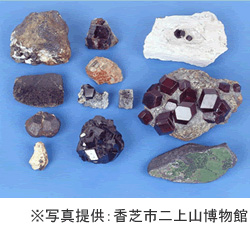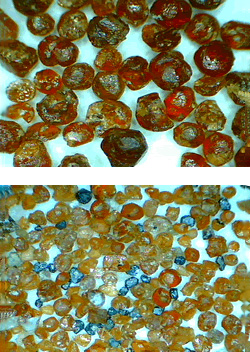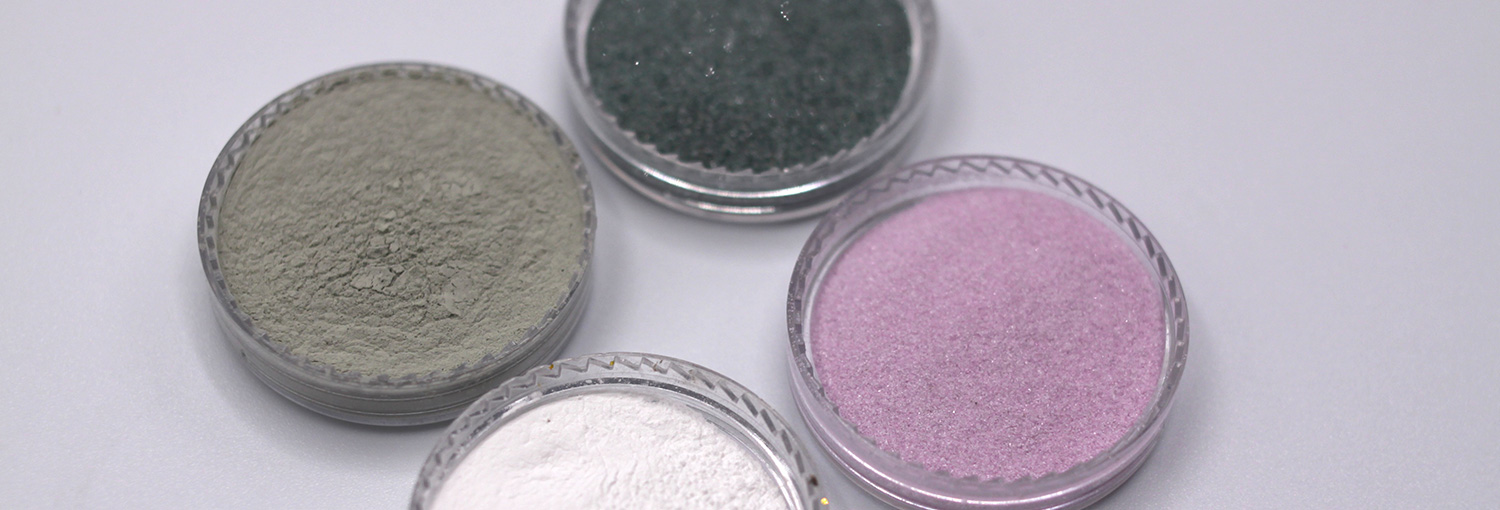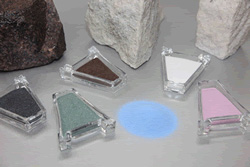History of Abrasive Materials
“Blessings of the historical climate of Mt.Nijo”
Grinding natural whetstones and using them as abrasives has been practiced since time immemorial. Mineral hard sands and stones were also used as abrasives. The hardest mineral sand is gemstones.
Typical gemstones used as abrasives include boxwood (garnet), rubies, and diamonds.
Mt. Nijo, in Kashiba City, Nara Prefecture, where our Yamato Seitosyo is located, is known as a production center of boxwood.
Boxwood is also known as “Kongosand” and is still called by that name in the polishing industry.
This Kongosuna is the result of volcanic activity in ancient times, when boxwood emerged from the earth's surface, weathered, and became sand.
Large grains of the material used to polish swords and mirrors were prized by the nobility as ornaments.
In the early Meiji period (1868-1912), abrasive paper was made by coating Kozo-gami (Japanese paper) with glue and bonding it with Kongo sand, but nowadays, with the spread of artificial abrasives, mining has become unprofitable in terms of volume and cost, and mining is no longer conducted.

Minerals were used as abrasives because they were very hard substances and sandy. (*Photo on the right: enlarged image of golden sand)
Most of the abrasives used today are man-made abrasives. In 1881, Mr. Atchison of the U.S. invented carborundum, which was industrialized by the Carborundum Company in 1895 (Meiji 28) to produce man-made abrasives (C abrasives).
In 1897, Mr. Jacobs in the U.S. invented artificial corundum, which was industrialized by the Norton Company in 1901 and manufactured as Arundum (A abrasive).
In Japan, silicon carbide and artificial corundum were produced in 1917 and 1918, respectively, by Kagoshima Electric Railway Co.


